BRIEF INTRODUCTION: CLOUD AND INTERNET
What is the cloud?
In today’s digital world you probably use the cloud every day. But what is the cloud, exactly? Put simply, the cloud is a system made up of hardware components such as servers and storage, and their digital counterparts – applications and services. In that form, the cloud resources can be used on-demand anywhere and anytime via the Internet. When we refer to ‘the cloud’ in everyday language, this generally includes the apps and services that we use via the Internet. We access them remotely through our browser or the corresponding mobile apps. So, instead of using our local device’s resources, we access storage and services that live online. The most popular examples of cloud services are Google Drive, Apple iCloud, Dropbox, and Microsoft OneDrive. These services make up the “public cloud” that is accessible to everyone who owns a corresponding account.
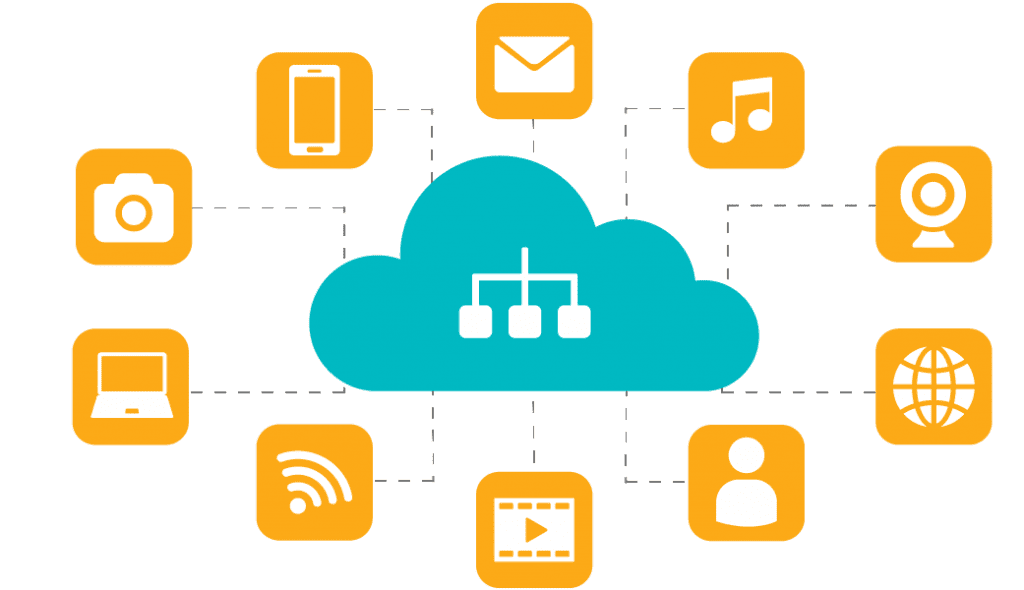
PUBLIC CLOUD VS PRIVATE CLOUD
The public cloud
The public cloud offers web users access to a powerful computing resource they can use over the Internet.
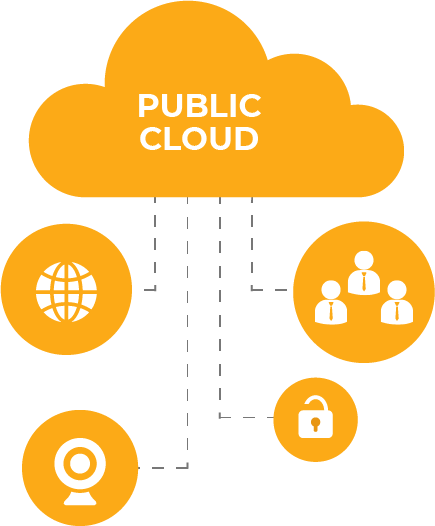
VS
The public cloud
Private clouds are set up to serve the needs of a single organization. Therefore, all the resources that make up the cloud and all the services that run on it exist only for that one company’s needs. The company is both the provider and the end user.
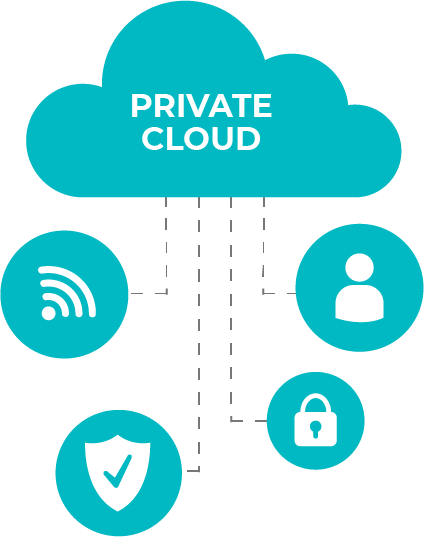
Is the cloud the same as the Internet?
At first glance, it may appear that the cloud and the Internet overlap, but they are not the same thing. The internet is a huge network of interconnected computers that belong to millions of private and public organizations and users all over the globe. It offers various services (such as email) and resources that users access every day. The cloud, on the other hand, is a newer technology that runs on the Internet, using it as a medium of communication over which it providers its resources and services. So the core difference is that the internet is an enabling infrastructure whereas cloud offers the utilization of that infrastructure to provide continuous services. The cloud therefore enables users to consume resources like applications, storage etc. as a service.
What is cloud computing?
Cloud computing, which many call “the cloud,” provides paid, on-demand computing resources (apps, storage, services, etc.) over the Internet. Cloud services can be classified under the following categories: Software-as-a-Service (SaaS), Infrastructure-as-a-Service (IaaS) or platform-as-a-Service (PaaS).
Software-as-a-Service (SaaS)
Most users are familiar with the cloud as a SaaS solution. That is, it provides on-demand services that can be accessed online as long as you pay for them. In this model, the software is accessed via a subscription on the Web and is not installed on local computers. With SaaS, organizations do not need to manage applications or invest in hardware to run their apps. Instead, a vendor hosts and manages the software support infrastructure that enables updates and patches to be applied automatically.

Platform as a service (PaaS)
When you use the cloud as a PaaS solution, you get the ability to build and deploy a Web-based service without having to deal with expensive hardware, software, maintenance and hosting. If you're already using the cloud as IaaS, you're just a step away from PaaS, which provides a full-featured platform for cloud software development. AWS, Microsoft Azure or Google App Engine are well-known PaaS solutions.
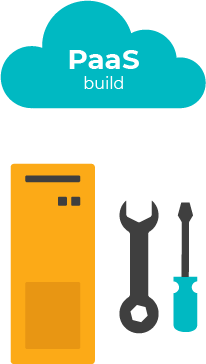
Infrastructure as a service (IaaS)
Infrastructure as a service (IaaS) is a form of cloud computing that provides virtualized computing resources over the Internet. You can rent storage and computing capacity without having to buy hardware that takes up space, requires maintenance and costs a lot of money. In general, IaaS clients pay per use, typically hourly, weekly or monthly.
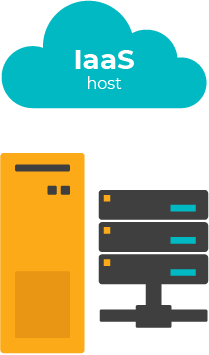
Why use the cloud?
The cloud is both convenient and reliable. Since it is web-based, you can access it from any point in the world. For instance, you can open your Gmail whether you’re sitting at home or using a friend’s computer abroad. Additionally, since all your email messages are stored on the Google servers, you can recover their contents even if something happens to your machine. Cloud-based services are also ideal for businesses with growing or fluctuating resource requirements. As requirements grow, it's easy to increase cloud capacity. But also when you need to shrink resources again, the cloud offers the flexibility to do so quickly.
